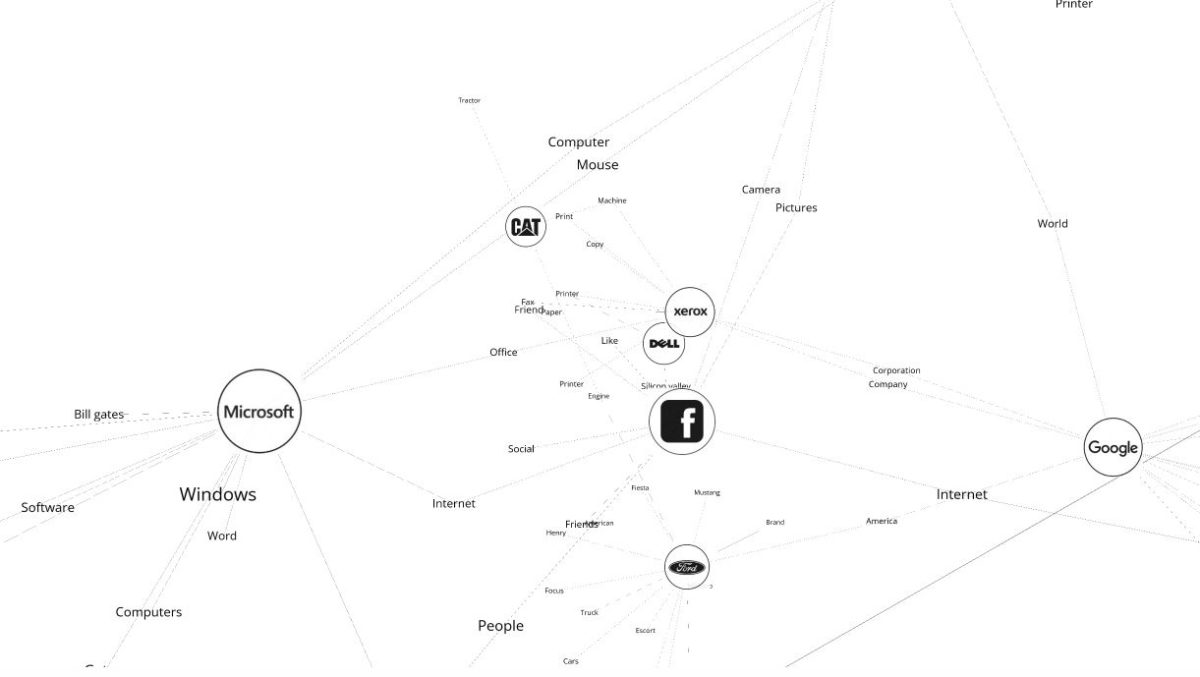In the ever-changing marketing world, success depends on understanding not just what consumers buy, but also how their minds work. Neuromarketing, a blend of neuroscience and marketing, unveils the hidden motivations that drive decisions. Implicit associations, a crucial tool in neuromarketing, exert a profound influence on consumer choices. This article will delve into the world of implicit associations and explore how they are harnessed to enhance marketing strategies.
Understanding Implicit Associations
Implicit associations are unconscious mental connections that individuals make between concepts and ideas. These associations operate beneath the surface of conscious awareness, shaping perceptions and influencing decisions without the individual realizing it. In the context of neuromarketing, implicit associations often involve linking a brand or product with certain emotions, values, or attributes.

The Benefits of Implicit Associations in Neuromarketing
The Implicit Association Testing (IAT) offers several advantages over traditional marketing research methods:
Uncovers Hidden Biases: Implicit associations can reveal unconscious biases that people may not be aware of, such as negative stereotypes or preferences. This information can be invaluable for identifying potential marketing challenges and developing strategies to address them.
Predicts Behavior: Research has shown that implicit associations can predict future behaviors, such as purchase intentions or brand loyalty. This allows marketers to make informed decisions about targeting and messaging.
Bypasses Social Desirability: Participants are less likely to distort their responses to IATs due to the unconscious nature of the tasks. This can provide a more accurate representation of their true thoughts and feelings.
Applications of Implicit Associations in Neuromarketing
The Implicit Association Testing (IAT) has been applied to a wide range of marketing challenges, including:
Brand Positioning: Assessing brand associations and identifying opportunities to strengthen or reposition brands in the minds of consumers.
Product Development: Identifying potential biases towards new products or features and refining messaging to address those concerns.
Advertising Effectiveness: Measuring the effectiveness of advertising campaigns and optimizing creative elements to align with unconscious preferences.
Pricing Decisions: Determining the optimal pricing strategies based on implicit associations and consumer perceptions of value.
Executive Summary
Implicit associations provide a powerful and valuable tool for neuromarketing, allowing businesses to tap into the deeper layers of consumer behavior. By understanding these subconscious thoughts and feelings, marketers can develop more effective strategies to engage, persuade, and retain customers.
As the field of neuromarketing continues to evolve, the Implicit Association Testing (IAT) and other implicit measurement techniques are expected to play an increasingly important role in shaping the future of consumer engagement. By harnessing the power of the subconscious mind, marketers can unlock new insights and drive business success in an increasingly competitive market.
Implicit Association testing could be for you? Try it here for free!




